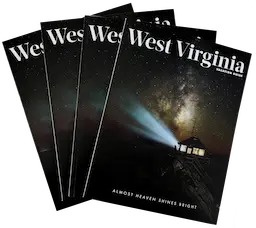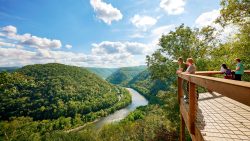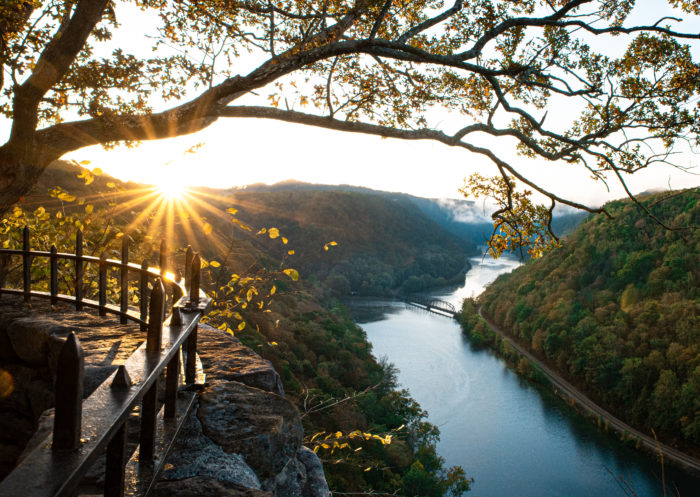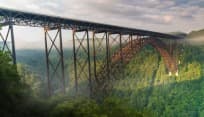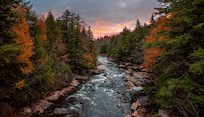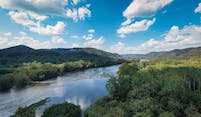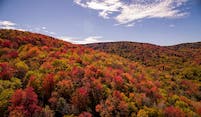Family Vacation Locations with Rich Histories
West Virginia has many places that can transport you back in time, where you can immerse yourself in the history that helped shape this state. If you’re a history buff, you will have a newfound appreciation for the Mountain State.
Cass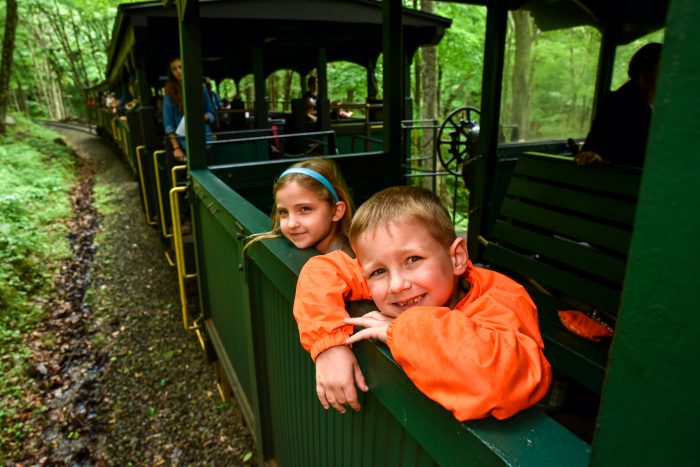
The town of Cass, once known as a company town for loggers, looks just as it did in its beginnings in 1901. The railroad that runs through the charming small town was used to haul timber through the mountains for decades. Now, this locomotive is the main point of interest for Cass Scenic Railroad State Park and takes visitors on train rides to the tip top of Bald Knob – West Virginia’s third highest mountain peak. The astounding views from the top of the mountain will take your breath away regardless of the time of year you choose to visit the area.
You can also go on a guided tour of the town, visit the company store to buy souvenirs and get a sneak peak of the diorama from when Cass was a logging town. Located in the Company Store is also the Cass Historical Museum. The museum will teach you more about the trains, essence of the old community and history of Cass through artifacts, paintings and antiques. Visiting the company store and museum before or after your train ride will give you a deeper appreciation for this hidden gem of a place.
Charleston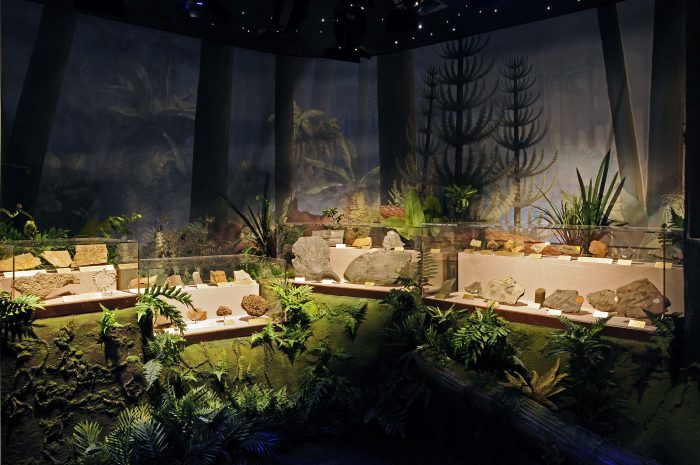
Home of West Virginia’s Capitol, it comes as no surprise that this city is packed with history. The West Virginia Cultural Center and State Museum are on the grounds of the Capitol Complex. You will be taken on an interactive expedition through time with exhibits spanning from a pre-historic coal forest all the way to present-day spectacles. The museum encompasses every aspect of West Virginia history, culture, art, paleontology, archaeology and geology. You’re bound to leave feeling inspired and enriched.
A close walk from the Cultural Center is the state Capitol building. West Virginia’s Capitol has a fascinating history, as it moved from Charleston to Wheeling and back again in the late 1800s.
Just a 10 minute drive away is J.Q. Dickinson Salt-Works. William Dickinson, the founder of the salt-making business got his start in 1813 along the Kanawha River and began producing salt by 1817. Today, two seventh-generation descendants of William Dickinson have kept the essence of the original business alive, while revamping the process with more natural and environmentally savvy practices. You can learn more about the history and operation of salt-works by taking a tour at the spot where it all began.
Fairmont
See what it was like to live as the pioneers did for a day at Prickett’s Fort State Park. You’ll be greeted by friendly interpreters dressed in traditional garb, representative of what would’ve been worn during that time. The park showcases a wooden refuge fort that was rebuilt to reflect its late 18th century glory. You’ll get a glimpse into what everyday life was like on the Virginia frontier with demonstrations of blacksmithing, woodworking, butter churning, spinning and weaving, and even firearm manufacturing. A trip to Prickett’s Fort will give you a newfound gratitude for those that cultivated the Mountain State.
Moundsville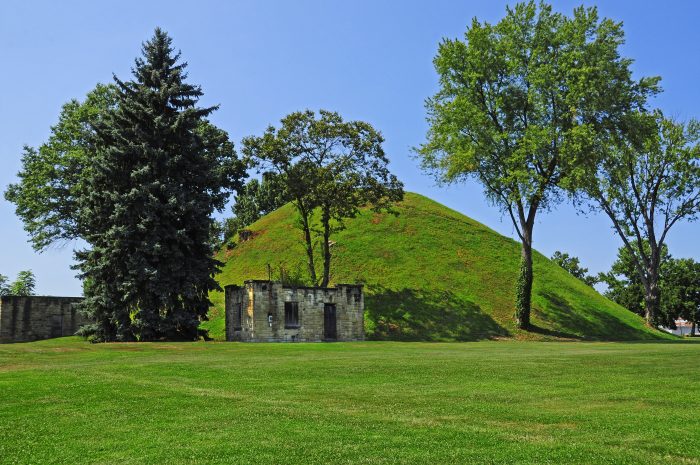
The town didn’t get its name for no reason; one of Moundsville’s most noteworthy attractions is the Grave Creek Mound Archaeological Complex. The burial mound dates back to prehistoric times and is one of the largest mounds that was made by the Adena people. Standing at 62 feet high, this National Historic Landmark is one of America’s largest conical burial grounds. You can view artifacts and exhibits to learn more about the Adena people at the nearby Delf Norona Museum.
The West Virginia Penitentiary is a sight to behold with it’s Gothic style architecture with castle-esque features such as turrets and battlements. Guided tours of the stone structure, narrow cells and penitentiary grounds are available during the day time. For the more brave and daring folks, overnight investigation options are available.
The Fostoria Glass Museum is another historical aspect of Moundsville. Its artifacts that are dated quite a few centuries after the mound but are just as fascinating. The building has two floors worth of beautiful glassware. Before taking the time to marvel at the stemware, turn your attention onto the video that commemorates the process of how it was made.
Let West Virginia be your history classroom. What exciting location will you be learning from this summer?
Find More Historic LocationsThis post was last updated on March 1, 2022
